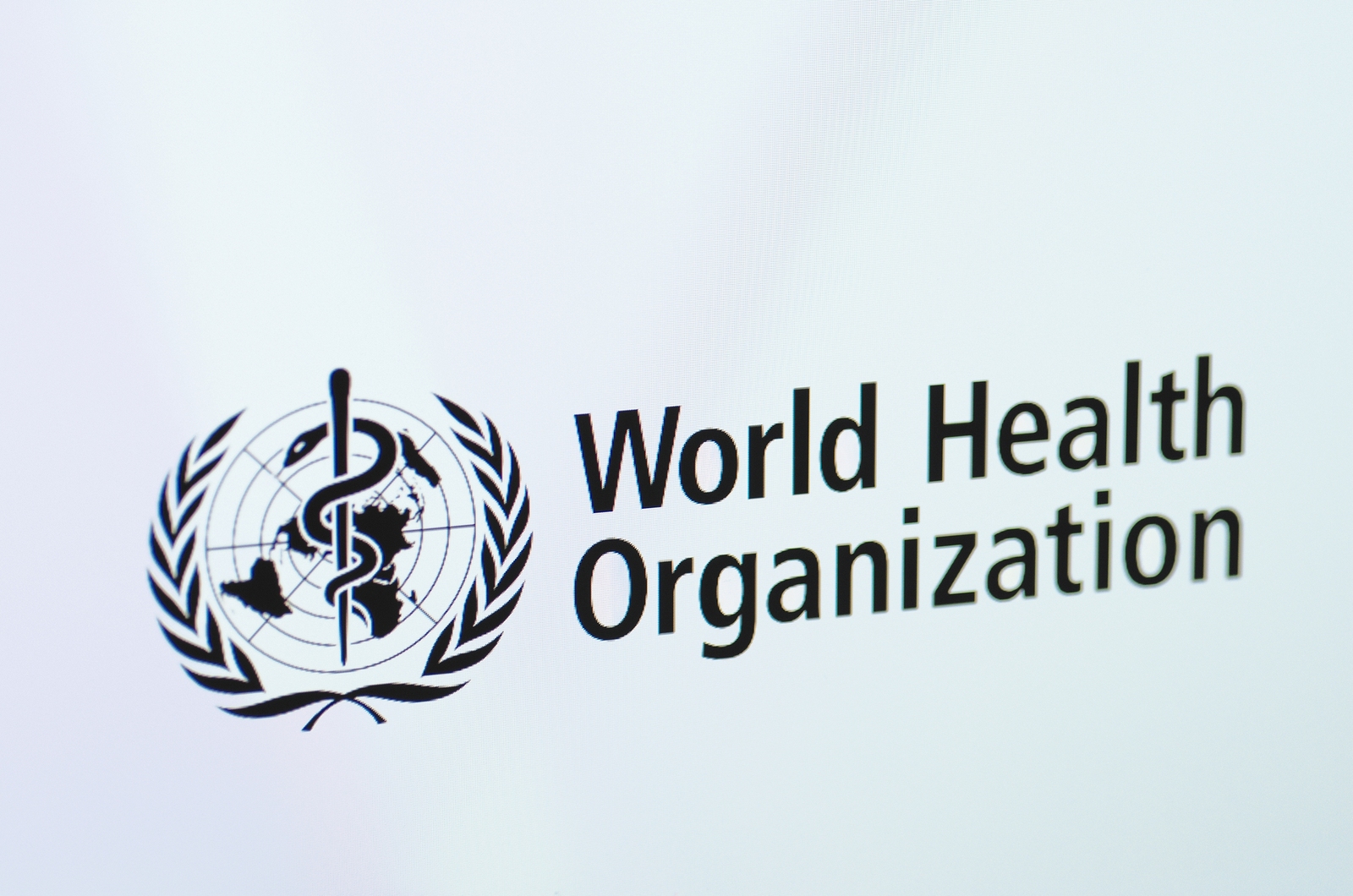
The 3rd of December is International Day of Persons with Disabilities (IDPD). Today the WHO is joining partners to celebrate “a day for all“. This theme reflects a growing understanding that disability is part of the human condition. Almost everyone will be temporarily or permanently impaired at some point in life. Despite this, few countries have adequate mechanisms in place to respond fully to the needs of people with disabilities.
The WHO estimates that more than one billion people – about 15% of the world’s population – experience some form of disability. This figure is predicted to rise given population ageing and an increase in the prevalence of noncommunicable diseases. While disability correlates with disadvantage, not all people with disabilities are equally disadvantaged. Much depends on the context in which they live, and whether or not they have equal access to health, education and employment, among others.
“More must be done to break the barriers which segregate people with disabilities, in many cases forcing them to the margins of society,”
notes Dr Etienne Krug, Director of the WHO Department for the Management of Noncommunicable Diseases, Disability, Violence and Injury Prevention.
“People with disabilities are often unable to access either mainstream services or the specialized programmes they need. Unless progress is made on this front, we will fail to achieve the Sustainable Development Goals and their ambitious vision to leave no one behind.”
In 2017 WHO has made headway on a number of initiatives which further implementation of the recommendations of the landmark World report on disability and the WHO global disability action plan 2014-2021. In February through a global gathering of rehabilitation experts entitled “Rehabilitation 2030”, WHO garnered the commitment of participants to help governments build comprehensive service delivery models, develop a strong multidisciplinary workforce, expand financing mechanisms and enhance health information systems, all in an attempt to meet the ever-increasing demand for rehabilitation services.
In addition WHO also supported nationwide implementation of the Model Disability Survey (MDS) in countries such as Philippines and Qatar, as well as in Balochistan, Pakistan and in Dubai, United Arab Emirates. It is hoped that the survey results from those settings will lead to positive change, as they have, for example, in Chile, which has revised policies and laws related to mental health, employment and transport based on the MDS findings.
Other recent efforts include WHO’s serving as Chair of the Inter-agency Support Group for the Convention on the Rights of Persons with Disabilities, coordinating development of a chapter on health within the UN’s flagship report on disability, and conducting a global stakeholder mapping of community-based rehabilitation initiatives around the world.
To celebrate International Day of Persons with Disabilities, colleagues at WHO headquarters will join an event at the Palais des Nations on 4 December. This will include a panel discussion centred around the theme of an inclusive UN followed by the opening of an art exhibition titled “Like Wildflowers, Like Stars”, showcasing the work of Korean artist Mr Kim Geun-tae, whose paintings explore the experiences of children with disability through the colors of four seasons. WHO will also share messages and materials on social media.
No comments:
Post a Comment